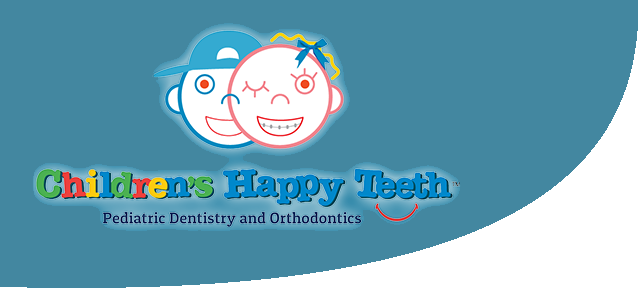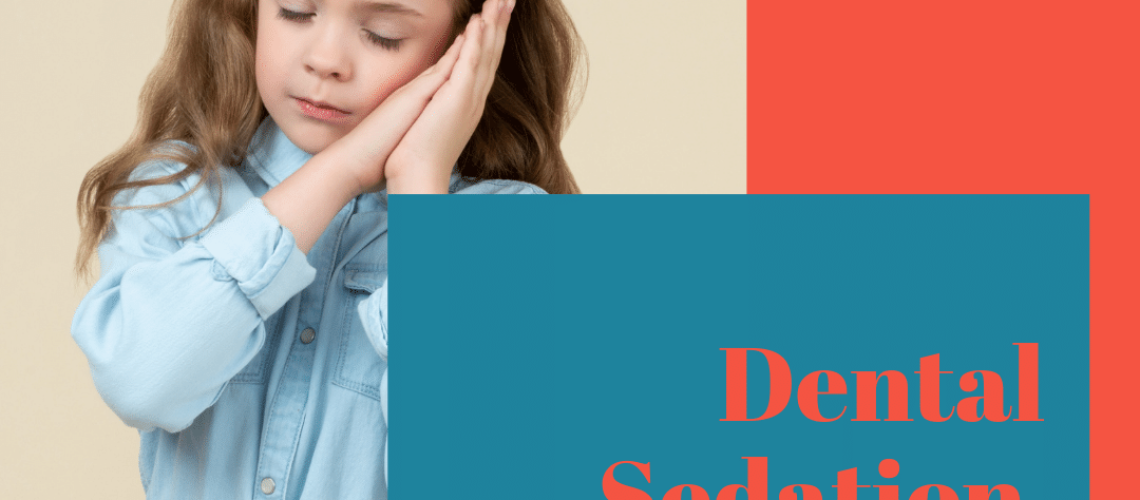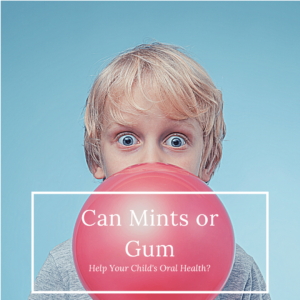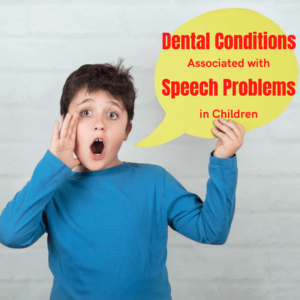When it comes to taking your child to the dentist for preventative or restorative procedures, it can be tough to get them to sit still for the duration of the procedure. This becomes even more complicated when your child is afraid of the dentist and/or dental tools. Luckily, certain pediatric dental offices offer an anxiety-free approach to child’s dentistry by using dental sedation.
Also sometimes known as sleep dentistry, sedation dentistry uses different types of sedatives to help promote relaxation and alleviate anxiety. Since dental anxiety is a major problem for both children and adults, sedation dentistry has become extremely popular in the last few years. In addition to decreasing dental anxiety, sedation dentistry is also beneficial for children who have a hard time sitting still for extended periods of time or for those who have a sensitive gag reflex.
There are different types of dental sedation that your child’s dentist may recommend, depending on the procedure and your child’s needs. These include:
Inhaled Sedation
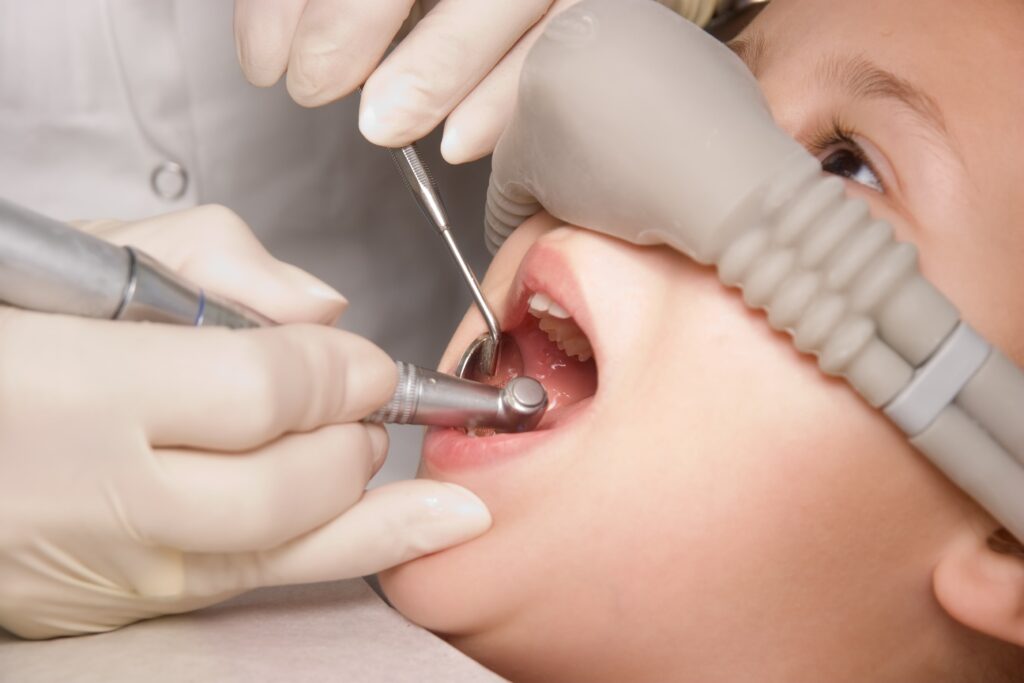
This method of sedation used nitrous oxide gas delivered through a small mask that fits over your child’s nose. Within minutes of the gas being inhaled, your child will start to feel relaxed and calm. In some cases, this gas can also make your child feel euphoric, which is why it is sometimes referred to as “laughing gas”. Although your child will still be awake and aware of what is going on around them, they will not feel any anxiety during the procedure. After the procedure is over, pure oxygen will flow through the mask to stop the effects of nitrous oxide. Within minutes your child will return to their normal self.
Oral Sedation
This method of sedation uses prescription medications that are delivered through a pill or tablet taken through the mouth. In most cases, this medication is given about 30 minutes before the procedure so that it has time to take effect. Like nitrous oxide, this form of sedation will keep the child awake, however it offers a slightly deeper state of sedation. Under oral sedation, children will experience drowsiness and may fall under a light sleep. However, they can be easily awoken.
Intravenous (IV) Sedation
This method of sedation uses special medications delivered through an intravenous catheter in the child’s vein. IV sedation is generally only used when the child is extremely fearful and/or if the child is undergoing an invasive or long procedure. IV sedation can be easily controlled and can offer moderate to deep sedation, depending on the type and amount of medication given.
Before administering any type of sedation, your child’s dentist will carefully examine your child to ensure that sedation is safe for them. Your child’s dentist will also provide you with careful instructions to follow before your child’s appointment. Generally speaking, you can expect that your child will need to fast for a certain amount of time before their appointment. You will also want to dress your child in loose, comfortable clothing so that the necessary monitoring equipment can be used.
After your child’s procedure, our staff will carefully monitor your child as the effects of the sedation wear off. Your child will be discharged once they are stable. Although nitrous oxide generally does not produce lasting effects, both oral and IV sedation will likely cause your child to be drowsy for the remainder of the day. During this time, it is important to monitor your child closely. Your child’s dentist will also provide you with guidelines to follow after your child undergoes sedation.
